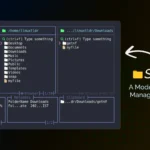Understanding Stdin, Stdout, and Stderr Streams in Linux
If you ever used vim, nano, or read commands, you were already using the stdin stream. Or if you were listing the files and directories from your system using the ls command, you were using the stdout stream. In case you misspelled your command or





